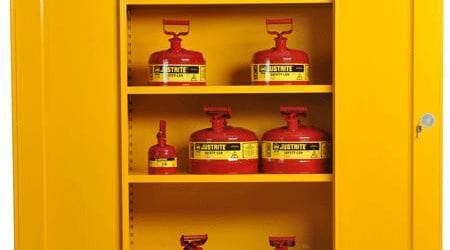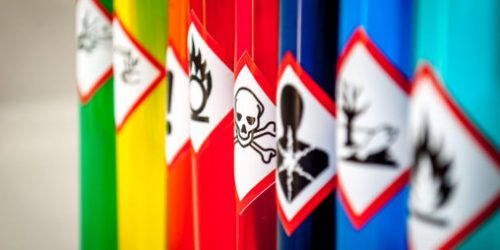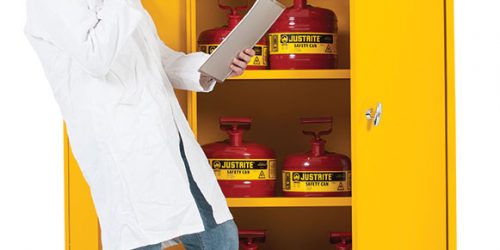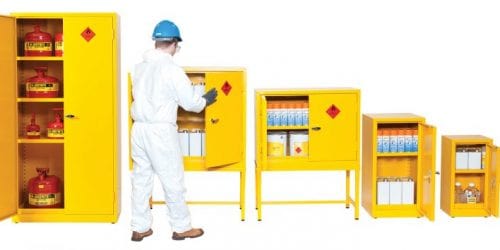What Items Does COSHH Regulate?
COSHH, or the Control of Substances Hazardous to Health Regulations 2002, is a set of regulations put in place to protect the health of workers and employees, when working with specific substances and materials. Hazardous substances should be stored appropriately in a COSHH Cabinet. But what exactly constitutes a “hazardous substance”, and what are the different materials that are regulated by COSHH? In this article we will briefly explore some of the different materials regulated by COSHH and why this is required.
What is a Hazardous Substance under COSHH?
Regarding the substances of COSHH, this refers to any form of hazardous material, including liquids, solids, fumes, dust, vapours, fibres, nano-particles, mists, gases and biological agents such as bacteria and viruses that cause harmful disease, as well as germs used in laboratories.
The ‘hazardous’ part refers to what the damage caused by the substances will be; including damage to the lungs, nose, mouth, skin, internal organs, genes, eyes or central nervous system. The risk of injury due to explosions or combustion is also considered with these materials.
If the packaging of these substances has any of the universal hazard symbols, then it is classed as a hazardous substance and will be covered by COSHH; unless it is one of the following substances (as these have their own, specific individual regulations):
- Lead
- Radioactive Substances
- Asbestos
That concludes this brief blog on what the different materials covered by COSHH are and why they are covered. When dealing with substances and materials regulated by COSHH, it is very important to make sure that you have the right equipment to deal with and manage these substances, such as using a COSHH Cabinet to store them. These flammable storage cabinets are especially designed for the safe storage of these hazardous substances; for more information, you can view our range of COSHH Cabinets here today.





